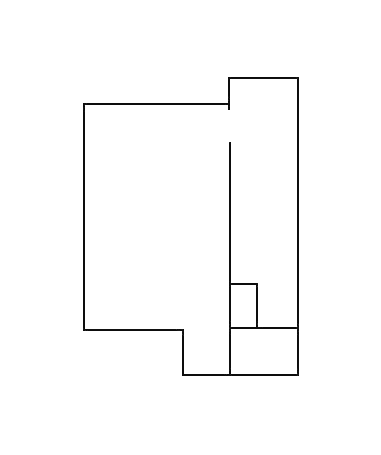Anthony Sonnenberg | Hephaestus’ New Forge
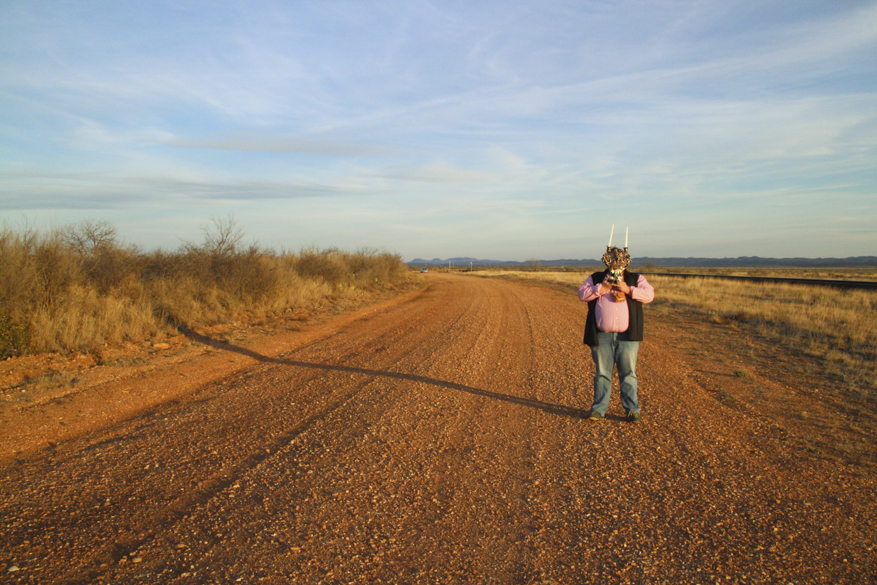
At a storefront on the edge of Seattle’s old Georgetown neighborhood, where bars, antique stores and bike shops collide with the still flourishing remnants of the city’s industrial past, I am greeted by a large man, smiling and buoyant, who wears suspenders and a plaid shirt. The address is home to the studios of some of Seattle’s most prominent artists, but this afternoon Tony Sonnenberg is the only one at work.
Once inside, we wander past a row of identical, nondescript plywood doors behind which many significant works of visual art have been created prior to being shown in galleries and museums across the country. Entering one of these wood-grain portals, we find ourselves in Sonnenberg’s studio. Amidst the various hand tools and bags of raw materials scattered about the room, we are surrounded by a constellation of painstakingly-crafted gold metal flowers that will someday be appropriated into larger composite pieces. Right away we discover that we are in the presence of an artist who is unafraid to cross into the taboo realm of gilding the proverbial lily.
Placed upon the rough plywood shelves that stand against the walls are a series of amorphous, pumpkin-sized ceramic sculptures glazed in somber blues, greens and browns, some flecked thoroughly in gold. As we sit down, the artist’s youthful, bearded countenance bestows friendship, humanity and goodwill upon the visitor.
Nothing in today’s art world may evoke the grand tradition of European still life painting more than the overripe splendor of sculptor Tony Sonnenberg’s fecund, arresting candelabras, which resound with their ancient echoes of temporality and death. In their crumbling, burnished presences we are able to connect our own era with the observational sensibilities of old masters who once could represent the world and passage of time in a seemingly random assemblage of familiar objects. Sonnenberg’s pieces – modest in scale but monumental in feeling – are both alchemical fusions of unstable matter and contemplative subjects of accumulation, erosion and decay. While they evoke the richness of an art historical past, it is in their precarious nature that we recognize them as products of our own uncertain age – fluid, vulnerable and on the verge of disintegration.
Rounding up an array of discarded figurines and ornaments that were once created as distorted, cartoonish or oddly mannered specimens of plant and animal life (each possessing its own range of associations in both Eastern and Western art and popular culture), Sonnenberg covers, obscures, molds and forges them into new matter and form. His resulting amalgams of these now barely discernible life forms carry and transmute the combined essences of their component parts into tonally unified sculptures that are both tragic and comic; equal parts volatility and serenity.
While still in his mid-twenties, the Texas-born Sonnenburg has the somewhat wearily amused yet attentive sensibility of a mature artist and much older man. When looking at his work, all overwrought sensuality entwined with an ever-present understanding of mortality, I am frequently reminded of the 17th Century English poet Andrew Marvell and his most famous poem, with its determined, lustful exhortation to live and well-reasoned reminder of death’s certainty: Andrew Marvell: To his Coy Mistress. “Had we but world enough and time.” (Cavalier poem, Carpe Diem)
Sonnenburg’s decision to render these sculptures as candelabras further demonstrates his sophistication as an artist. As both a lover of materials and a keen investigator of genre, he refuses to engage in the tiresome debates about the definitions of “art” and “craft” that his work suggests by unabashedly turning them into functional, if outdated light fixtures. As the lit wax drips down upon his own molten forms, he takes us back to his process, methods and inspirations.
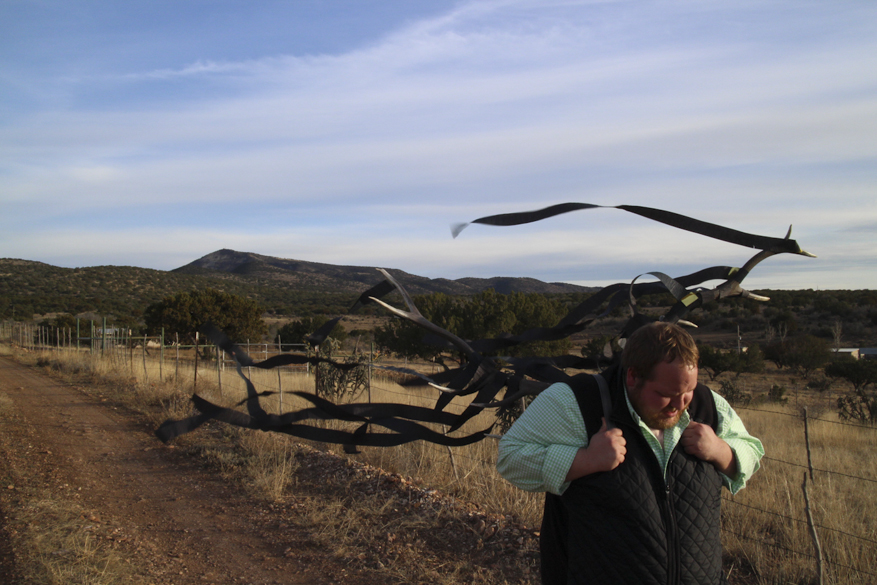
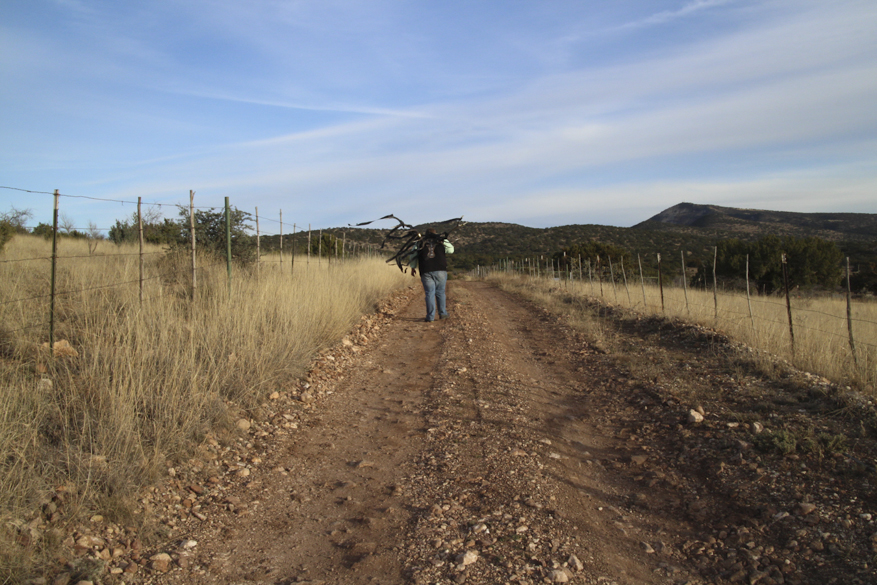
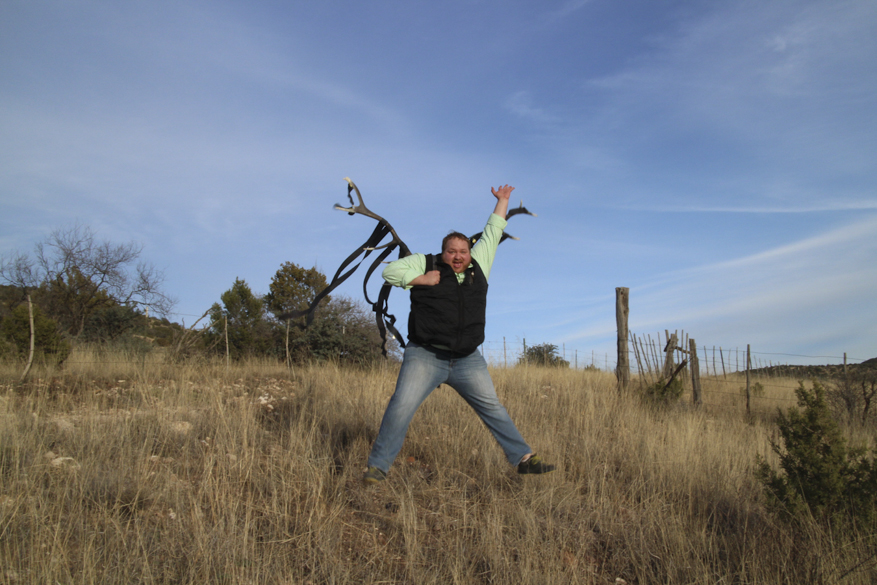
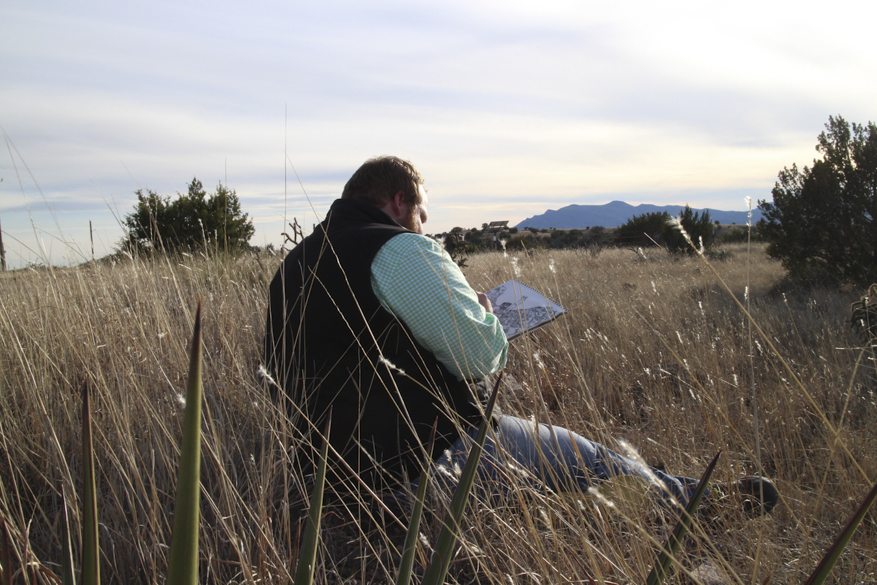

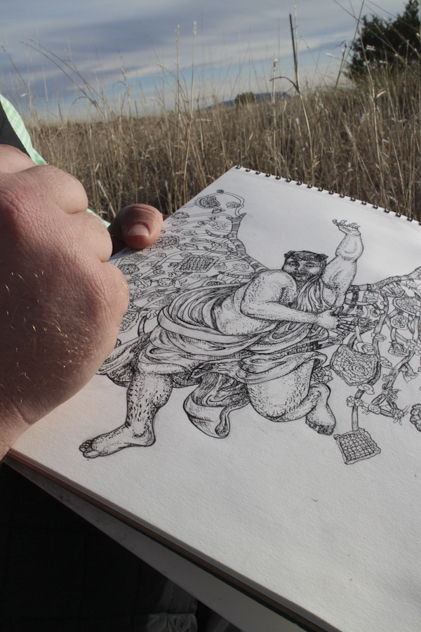
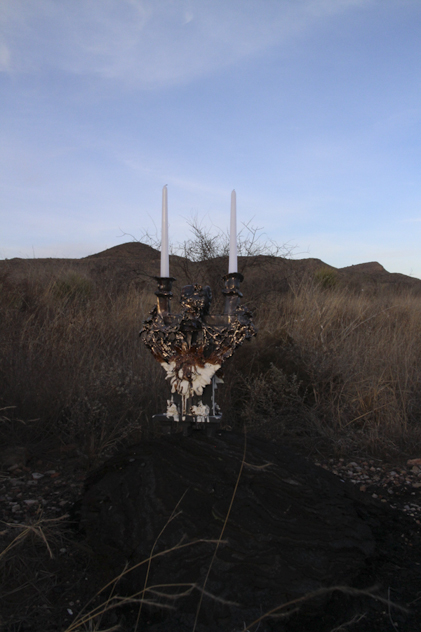
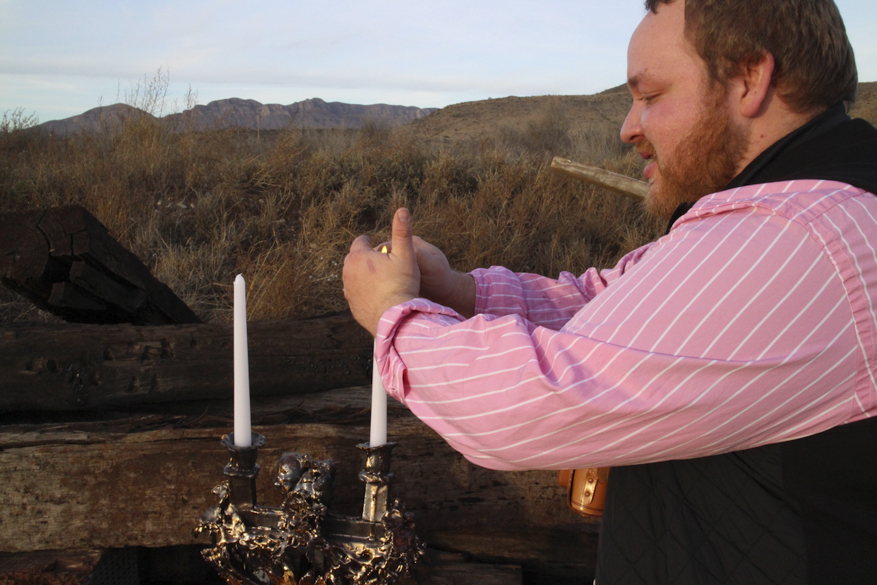

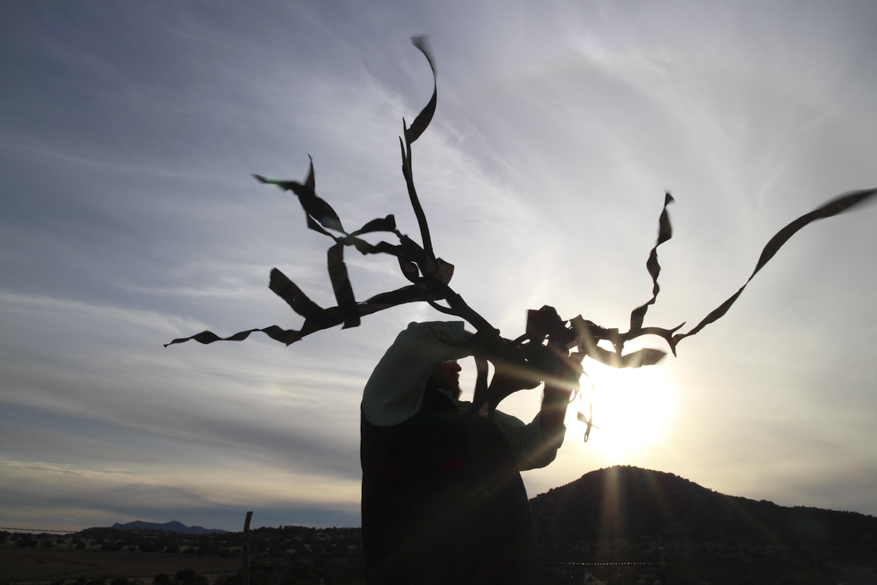
Back to In the Studio
